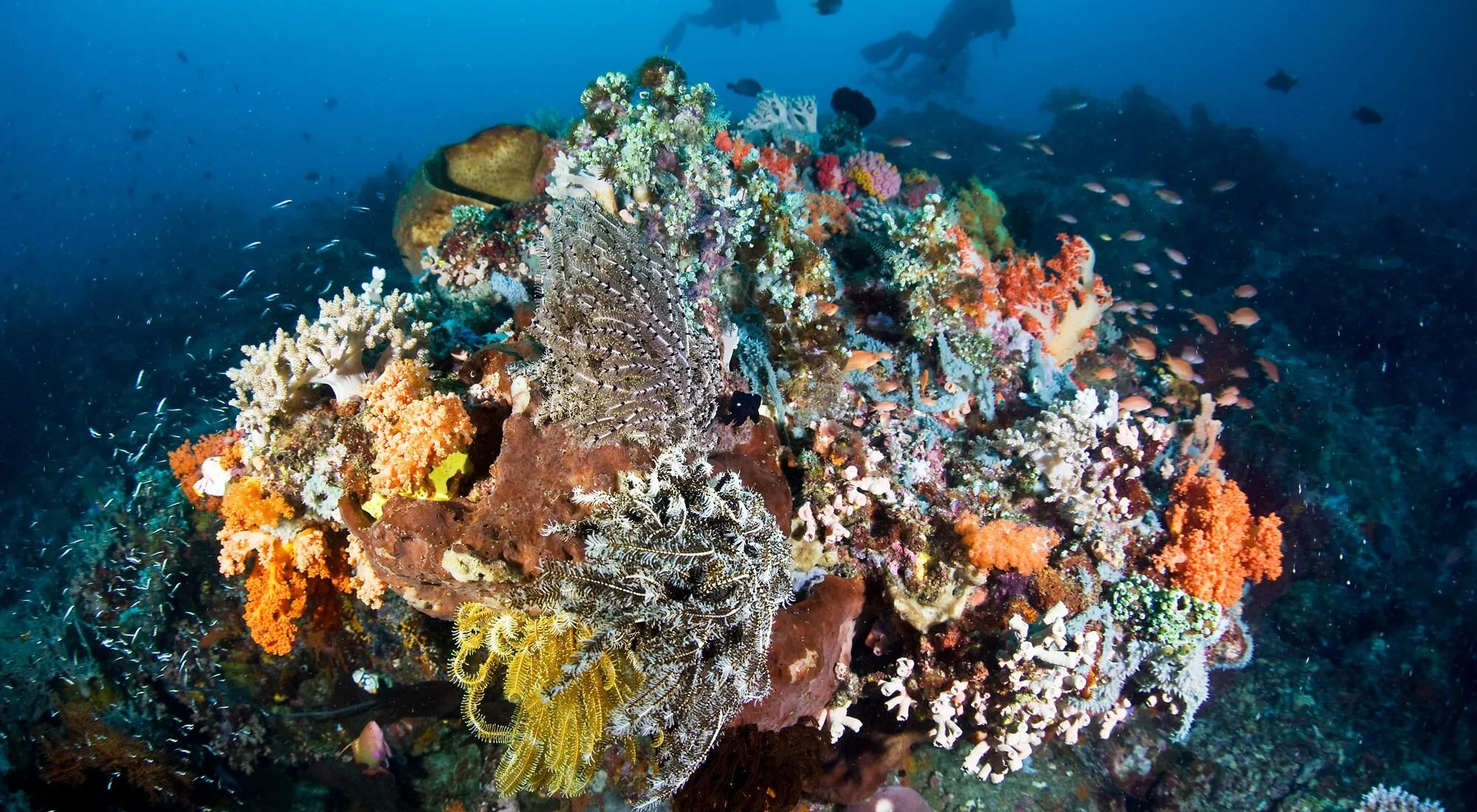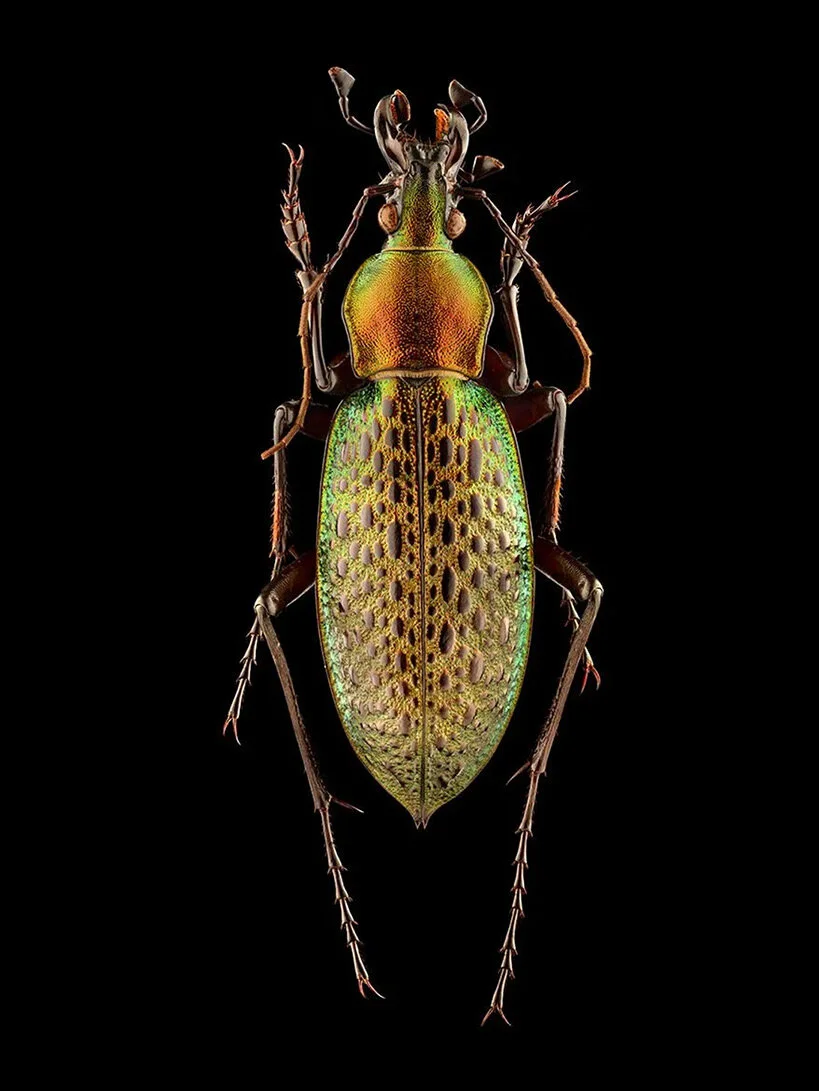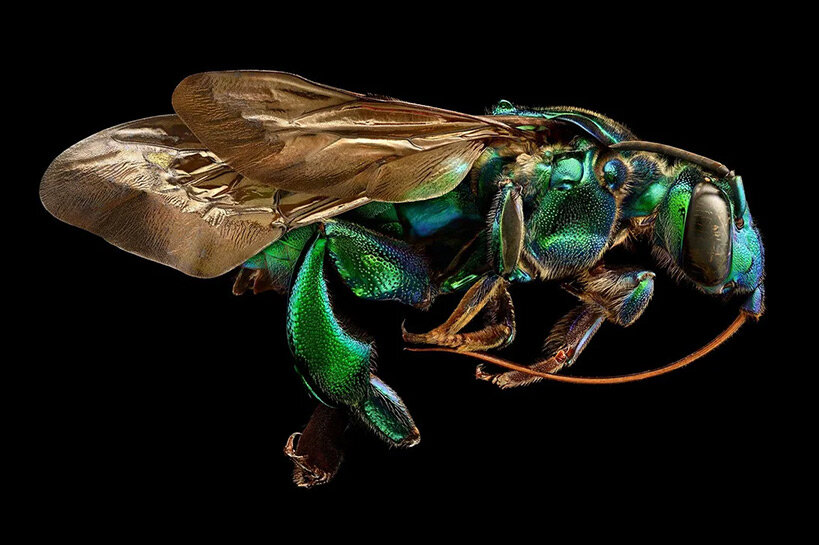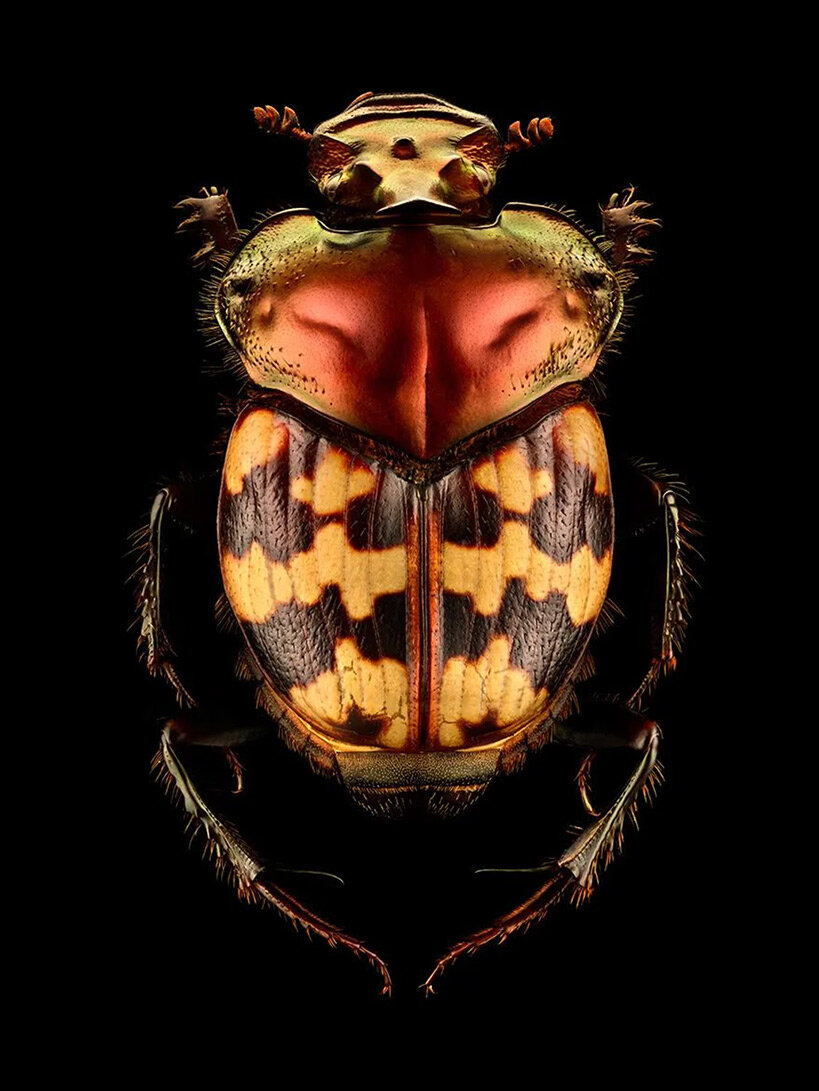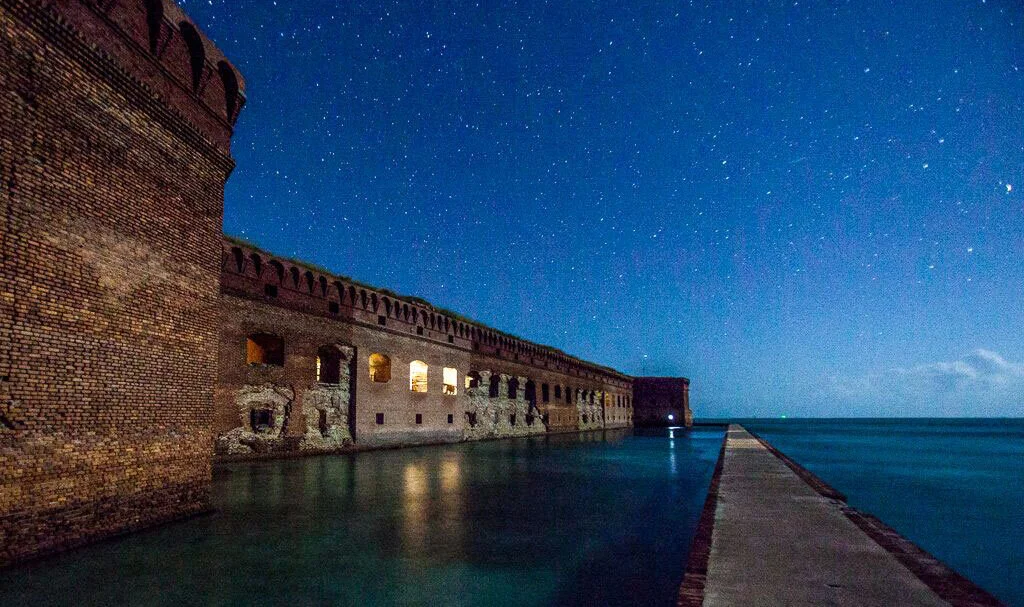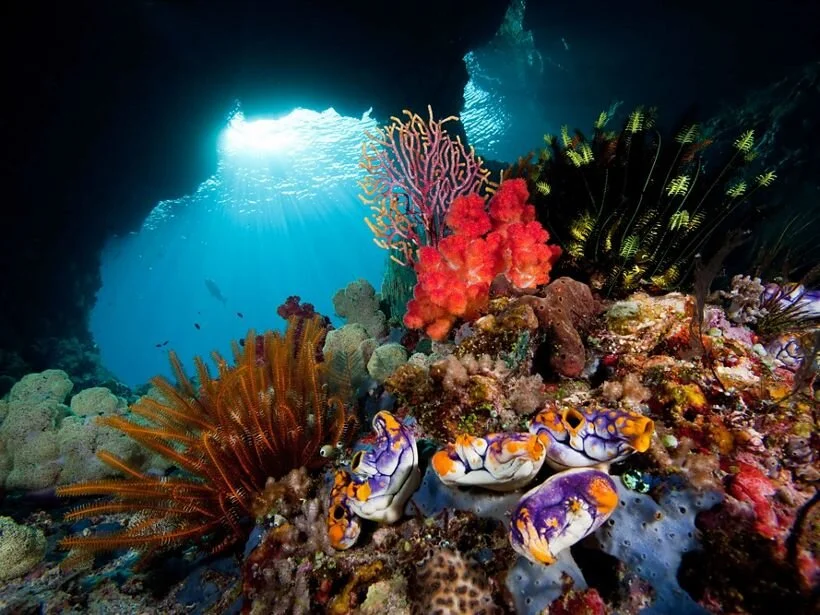Safari Journal - November 2021
Wildly Interesting
THIS SERIES WILL BE POSTED periodically. WE WILL PRESENt here, Some of THE MOST CURRENT EFFORTS AND TECHNOLOGY BEING USED TO protect ENDANGERed ANIMAL species.
A British photographer uses up to 10,000 insect photos to make each of these pieces of stunningly detailed art.
"Microsculpture," a photography exhibit at the England's Oxford Museum of Natural History.
British photographer Levon Biss attached a microscope lens to his camera and zoomed in on each body part of the insects, which were borrowed from the museum's collection.
Insects like you've never seen them before
How a unique human-canine bond leads to wildlife detection
“African Wildlife Foundation leads the way in the use of detection dogs to combat the illegal wildlife trade. In partnership with wildlife authorities such as the Kenya Wildlife Service, our Canines for Conservation dog-and-handler teams — deployed at airports and other trafficking hotspots — have uncovered millions of dollars’ worth of ivory, rhino horn, and other illegal wildlife products.”
By - Jacqueline Conciatore
Photography: Cheryl Owen
When resources are available, advanced technologies such as drone surveillance or other tracking and sensing systems might be the fastest way to nab wildlife offenders. But anti-poaching and anti-trafficking work also relies on low-tech, tried-and-true methods.
This article augments a previous set of articles called Preempting Poachers - the new frontier about conservation efforts in Kenya, Uganda, and Tanzania. November 2019 January 2020 and March 2020
Established as a national park in 1992, Dry Tortugas is the third-largest coral barrier reef in the world and the only tropical reef in the continental United States. Despite the “dry” part of its name, the park is 99 percent underwater
No longer finding the islands useful to the military, President Theodore Roosevelt designated the islands, including the fortress, a federal bird reservation in 1908.
The islands house the third-largest coral barrier reef in the world and the only tropical reef in the continental United States. Coral is not the only thing making a comeback to the islands. Originally named Las Tortugas (the Turtles) for the green, hawksbill, leatherback, and loggerhead turtles that Spanish explorer Juan Ponce de León encountered here in 1513, Dry Tortugas National Park remains the most active nesting sanctuary in Florida.
Starlight Williams - editorial researcher and writer at National Geographic
Dry Tortugas National Park, located 70 miles west of Key West, houses the 19th-century Fort Jefferson.
Before it became a national park, stories of swashbuckling pirates, tales of turbulent waters, and rumors of stolen treasure haunted this seven-island archipelago some 70 miles off the coast of Florida, in the Gulf of Mexico - Now it’s a haven for wildlife.
It's Not Too Late to Save Coral Reefs. Well-managed, healthy reefs are proving more resilient to the wider effects of a changing world.
CORAL REEF IN INDONESIA A diversity of corals, echinoderms, sponges, and other life compete for space and plankton on the reefs surrounding Bangka Island, North Sulawesi, Indonesia, Pacific Ocean. © Ethan Daniels
The Nature Conserency strategy centers on empowering and collaborating with those on the frontlines of reef conservation. Our Reef Resilience Network, for example, connects marine resource managers around the world and provides information and training opportunities to maximize conservation and restoration efforts. Similarly, our work with fishermen in the Caribbean, the Solomon Islands and other regions is also demonstrating that a more sustainable approach to fishing sustains reef ecosystems and in turn leads to better fishing yields in the long term.
But we're also finding more unlikely allies in the business community. The tourism industry offers a good example. Globally, the tourism industry derives $36 billion in annual revenue from coral reefs
By Mark Spalding, Senior Marine Scientist
CORAL REEF IN INDONESIA Soft Corals and "Windows", photographed underwater in West Papua Province, Indonesia. © Jeff Yonover
West Papua, Indonesia
Indonesia covers one percent of the earth’s surface but contains 16 percent of its reptiles and amphibians, 12 percent of its mammals, 10 percent of its flowering plant species and, with 8,500 kinds of fish, 25 percent of its piscine species. Landforms range from mangrove swamps with brilliant offshore coral reefs to glaciers and active volcanoes. It has been called the most diverse floral and faunal repository in the world.
If you found these articles interesting, check back for another edition in this series. Please "like" our social media pages to be notified.
Advertisements
Tusk's approach to conservation recognizes that the long term future for wildlife and Africa's other natural resources is dependent on sustainable rural development. more... Tusk believes that if conservation is to succeed and environmental degradation to be reversed then education needs to be promoted at an early age.

